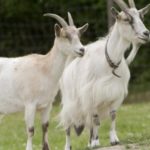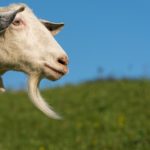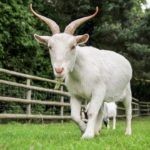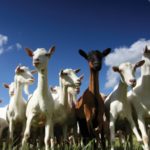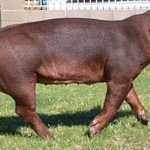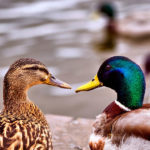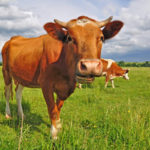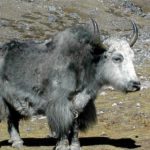Facts about goats
- Go
 ats come in completely different sizes. The weight of dwarf species starts from 35 pounds, and Boer goats reach a weight of 230 pounds. Both species are grown exclusively for meat, but dwarf animals are also known for their high-quality milk. You can search for data on this on the bulletin board of the Tambov region.
ats come in completely different sizes. The weight of dwarf species starts from 35 pounds, and Boer goats reach a weight of 230 pounds. Both species are grown exclusively for meat, but dwarf animals are also known for their high-quality milk. You can search for data on this on the bulletin board of the Tambov region. - Genetic tests have shown that all these domestic animals are descended from a wild, bezel-like goat from the Anatolian Zagros ridge (the Middle East region). The scientists found out that it was the goat that became one of the first animals tamed by humans. There are facts that prove that the first goat was domesticated about ten thousand years ago.
- These animals are very curious by nature. And although you are unlikely to see a goat that tries to eat a tin can or paper, but they often eat all sorts of small items to find out more about their taste qualities. Scientists believe that in this way animals develop and try to discover new edible products.
- Such a curious trait of animals is likely to form the basis of the legend of goats and coffee. A fictional story about the discovery of coffee for mankind sounds like this: Caldi, an Ethiopian shepherd, decided to try these grains himself after his flock began to dance, having eaten seeds.
- The largest number of goats in the US are grown in Texas. But they can be planted in other regions of the country.
- A group of animals can be called a “herd”, but the more common name is “family” or “tribe”.
- Soft and pleasant cashmere is used to produce a variety of products. It is obtained as a result of cutting a special sort of cashmere goat. After shearing the animals, the wool is shaved to separate the rough outer pile from the soft inner fluff. The most soft wool is allowed for the production of yarn and threads for the textile industry. Initially, these animals were grown only in Nepal and the Indian state of Kashmir, but now they are bred all over the world.
- Known goat faints are not really an invention. When the animal is panic-stricken, the central nervous system suffers from a special condition: congenital myotonia, in which the animal’s muscles are temporarily paralyzed. This condition does not hurt at all, but the goat usually falls. But the old and experienced animals in advance prepare for this state and come closer to the wall or other support, so as not to fall to the ground.
- The “The London Telegraph” published an article last year saying that goats have accents. Scientists from the University of London, Queen Mary, have established that the bleating of animals changes with age or when moving to another herd. The more time animals spend together, the stronger their voices are similar to each other.
- Animals for the production of milk should be divided by sex. Female should be kept in separate pens away from males. Otherwise, the milk will acquire a specific and not too pleasant “goat” flavor. However, this opinion causes a lot of controversy among farmers. Some say that they never divide animals. And others argue that keeping females and males in one paddock is incorrect, since this contradicts the laws of selection and adversely affects the taste of milk


